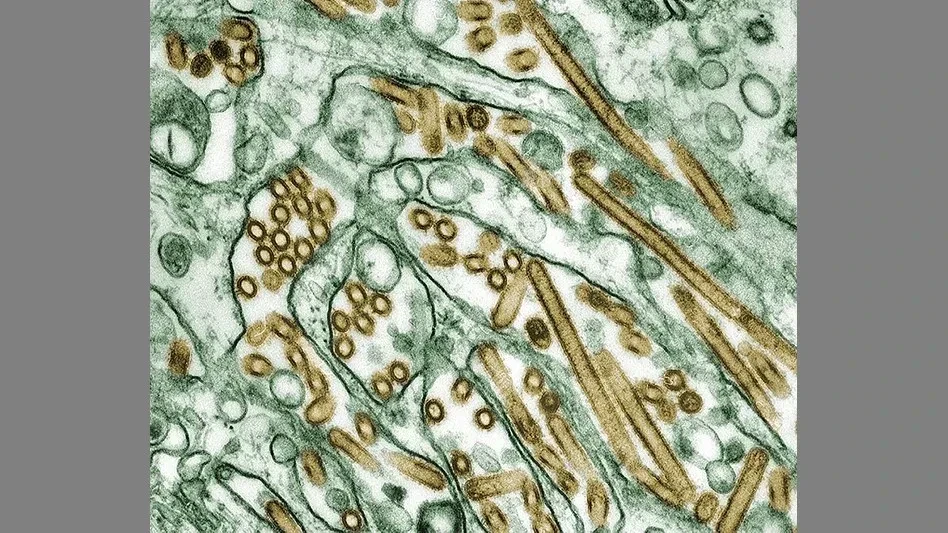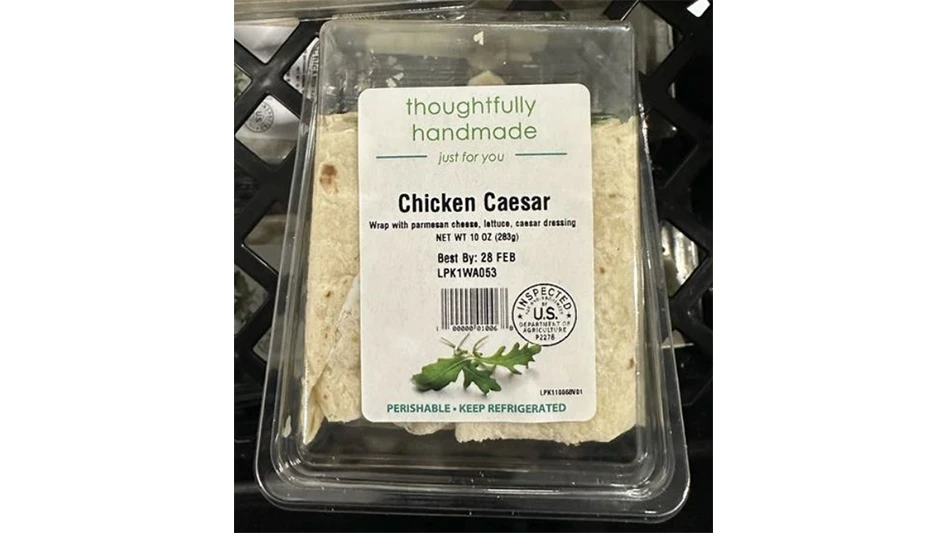Deciding to contract with a third party can transfer the bulk of pest management responsibilities from internal personnel to an outside pest management professional, but it does not relieve the plant of all responsibility. In fact, it is the development of a strong partnership that enables accomplishment of best practices for a pest-free environment. To set up this partnership for an effective working relationship:
DETERMINE THE EXPECTATIONS. Before beginning a pest management program, work with your pest control operator (PCO) to define problems and challenges that the plant faces, so that reasonable expectations can be set for both sides. By gathering evidence and reviewing documentation of the problems, the PCO is better equipped to develop a pest management strategy, explained Dr. Anil Menon, BASF market development specialist. Discussions should include any plant prerequisite programs or formalized GMPs; an approved product list; any operational issues that may jeopardize the integrity of the pest program; and any cleaning or maintenance that is needed for effective control.
DEFINE THE PROGRAM. Based on the expectations, plant management and the PCO should work together to create a program that fits the specifics of your plant, and put it in writing, said Richard Kammerling, president of RK Pest Management Consulting and Supplies. The program should include details of the basic program (bait station placement, monitoring needs, pesticide application) as well as problem management (what is done if a problem arises, how is it handled) and follow up (program evaluation and corrective action).
PICK A PLANT PERSON. Assign a plant staff member to the role of internal pest management facilitator. This person is the PCO’s main contact in the plant and interacts with him or her on the pest program. “If (the PCO) writes something on the service ticket, ask about it,” said Linda Mason, an associate professor of entomology at Purdue University. “Quiz that person when they leave — they have a wealth of knowledge.” The plant person should also take responsibility for facilitating any actions that are needed on the part of the plant for control.
KNOW YOUR PEST 'HOT SPOTS.' While specific hot spots can vary from facility to facility, there are general areas of a structure that require special attention to ensure a pest-free environment, such as entrance and exit points, waste management systems, outdoor lighting fixtures and cleaning supply storage areas, Menon said. A PCO can walk plant employees through these hot spots to demonstrate inspection and sanitation methods. Thorough inspections, regular maintenance and proper sanitation of these areas will help prevent future pest infestations.
UNDERSTAND EACH OTHER'S DUTIES AND ROLES. Communication is critical, Mason said. You should have a thorough understanding of what your provider does in your facility and your PCO should understand all aspects of the plant that affect the pest management program, particularly in relation to sanitation and maintenance. “It is essential that a contracted (PCO) become an integral part of the food plant facility’s maintenance routine,” Mason said.
UNDERSTAND THE PRODUCTS. Even if the PCO is working the entire program, you should have at least a general understanding of the products and equipment used in your plant, Menon said. In the food plant environment, these generally include:
- Bait systems, for cockroach and ant infestations, can be positioned deep inside cracks, crevices and wall voids.
- Aerosol insecticides are easy to use and provide quick knockdown when the product comes in direct contact with the insect, but some products may have little to no residual control.
- Dust applications easily penetrate into spaces, making them perfect for treating cracks, crevices and wall voids, as well as sewer drains and other damp areas.
- Undetectable liquid treatments can be applied as crack, crevice or spot treatments both inside and outside the food processing facility to control ants, cockroaches, flies and various stored product pests, in both non-food and food-handling areas (as approved).
WORK TOGETHER FOR PREVENTION. To help prevent future infestations, it is critical that the plant and PCO work together to cultivate proactive prevention programs, Menon said. To develop these programs, the PCO needs to be familiar with the plant’s organizational structure, have a working knowledge of plant processes and language, and be aware of any current sanitation or pest programs. A contracted PCO also can help to train and educate plant employees on pest identification, pest inspections and general control methods.
DOCUMENT EVERYTHING. "Paperwork is probably the most important part of the operation,” Kammerling said. Reports should not merely be left on a manager’s desk, and then filed in a folder marked “Pest Control.” Rather, reports should be reviewed for current problems or general notes and assessed for ongoing trends. In fact, Kammerling recommends that plants go beyond paperwork. “Every company now should go into bar code scanning,” he said. This will provide the plant with accurate records and data for historical review, mapping and trend analysis. In addition, the electronic files can be made immediately available to upper management or other applicable persons.
CONCLUSION. While plant personnel and the PCO should each have their own specific roles and responsibilities in a plant’s pest management program, it is the collaborative relationship that will make the program a success. As Mason writes in a chapter she co-authored in Insect Management for Food Storage and Processing: “It is only through partnership between food plant personnel and the (PCO) that truly effective pest management can be achieved.”
The author is Staff Editor of QA magazine.

Explore the January 2008 Issue
Check out more from this issue and find your next story to read.
Latest from Quality Assurance & Food Safety
- USDA Invests Up To $1 Billion to Combat Avian Flu, Reduce Egg Prices
- Washington Cats Confirmed with HPAI as Investigation into Contaminated Pet Food Continues
- USDA Confirms Bird Flu Detected in Rats in Riverside
- Kyle Diamantas Named FDA’s Acting Deputy Commissioner for Human Foods
- QA Exclusive: Food Safety Leaders React to Jim Jones’ Departure, FDA Layoffs
- Water Mission Wraps Up Ukraine Response, Transitions to Long-Term Solution
- APM Steam Aims to Support Facility Preparedness for Winter with Steam Trap Surveys
- Therapy Helps Peanut-Allergic Kids Tolerate Tablespoons of Peanut Butter





